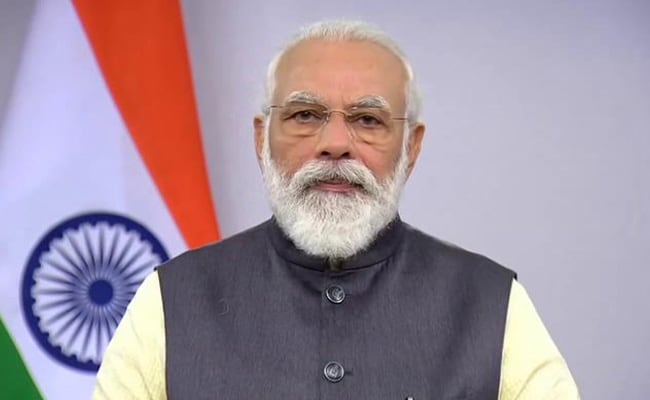
PM wants top universities like Oxford to open campuses in India: Minister
Prime Minister Narendra Modi believes India’s universities which have produced top executives for global companies can be even better with competition from top names like Yale, Oxford, and Stanford.

Prime Minister Narendra Modi believes India’s universities which have produced top executives for global companies can be even better with competition from top names like Yale, Oxford, and Stanford.
The Modi government is striving to recast the country’s education sector to attract nearly 750,000 students who spend about $15 billion each year pursuing degrees overseas, Education Minister Ramesh Pokhriyal ‘Nishank’ said in written responses to questions, Bloomberg reported.
A legislation which will regulate the operation of foreign universities is being prepared for approval by Parliament, where the government retains a significant majority. It represents a change of heart for the ruling BJP, which has long resisted opening up the country’s education sector.
“There has been a lot of enthusiasm,” Pokhriyal said, noting that the Australian government and some universities had shown interest in the proposal. “Very soon, India will have some of the finest, world-class institutions.”
Related news: IIT Bombay India’s top varsity; IIT Delhi, IISc among top 200 in world ranking
India needs to boost its education sector to become more competitive and close the growing gap between college curricula and market demands. It’s currently ranked 72nd among 132 nations in the 2020 Global Talent Competitiveness Index that measures the nation’s ability to grow, attract and retain talent.
Still, India’s notoriously tricky bureaucracy may be the main stumbling block for foreign universities, along with difficulties in acquiring land, academic staff and adequate infrastructure. The minister did not specify what incentives India will offer to attract foreign universities, except that institutions, which are required to operate not-for-profit, will be on a playing field with local players.
Some universities have already set up partnerships with Indian institutions, allowing students to partially study in India and complete their degrees on the main campus abroad. The current move encourages these overseas institutions to set up campuses without local partners.
“We’ll seek new opportunities to further pursue such collaborations as India’s new policy is implemented,” said Joe Wong, a vice-president at the University of Toronto, which has a tie-up with Tata Trusts and the Indian Institute of Technology Bombay.
Related news: IIT-Madras tops government rankings of higher education institutes
The University of Washington, London School of Economics, Massachusetts Institute of Technology and University of Western Australia were among institutions that said they have no plans of setting up campuses in India. Others like McGill University and the University of Sydney said they are looking to expand their partnerships in India through new courses or research programs.
With more than 51,000 institutions, India’s higher education system is already one of the largest in the world and in terms of enrollment; it is second only to China. Still, it lags behind China in terms of infrastructure, quality teaching, and research investment.
Pokhriyal is optimistic that overseas universities will set up their campus in India to tap the nation’s young demographics, with the World Bank projecting 34% of its population will be aged between 15 and 34 years by 2021.
India had already entered into agreements on educational programs with 55 countries that include exchange of academics and students and cooperation on other initiatives, he said.
The new plan will double education spending to 6% of India’s GDP “at the earliest” according to Pokhriyal. The federal government has proposed spending of over 9 trillion rupees or about $123 billion on education in the five years to 2026, of which $28 billion will be on higher education.


